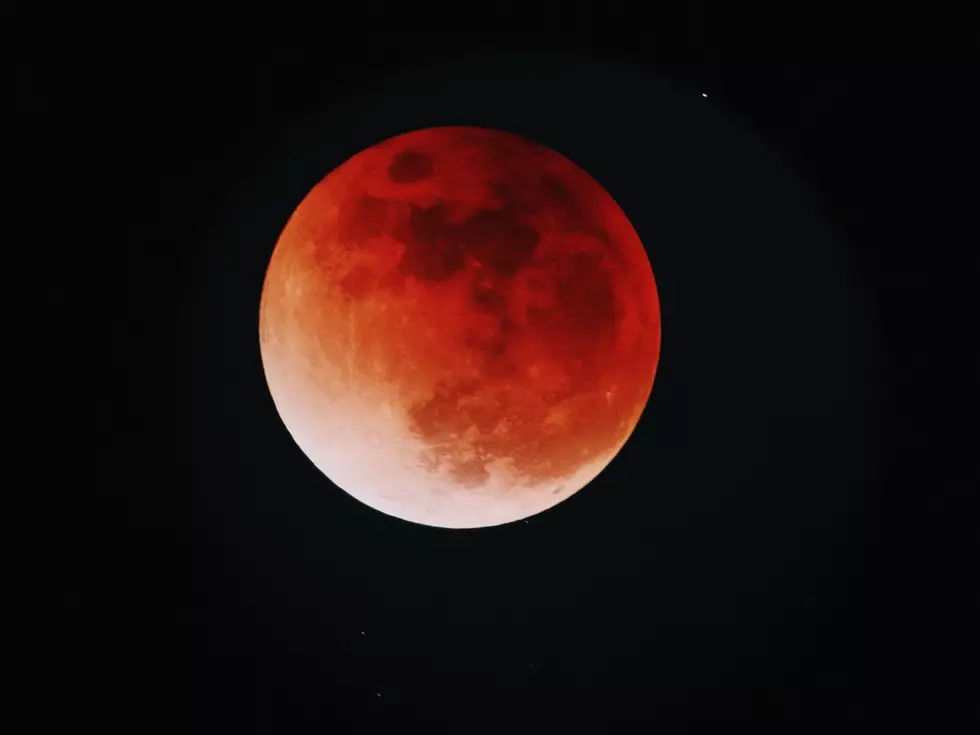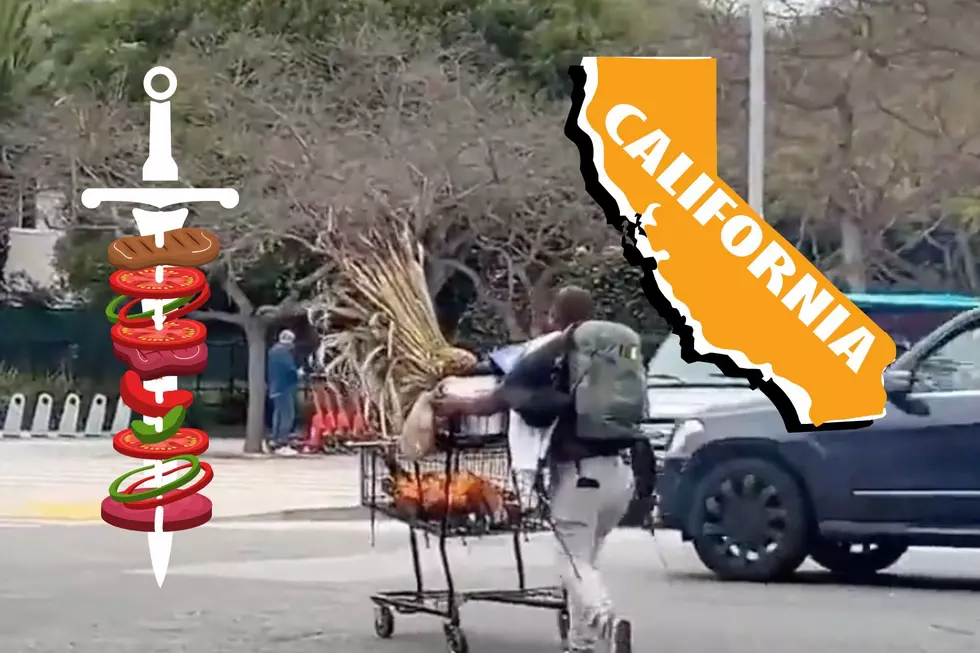
Beaver Blood Moon is Iowa’s Best View of Total Eclipse For Three Years
Our likely last chance to view a full blood moon in Iowa for the next three years happens the morning of the same day the final ballots will be cast in the 2022 midterm elections, and I think the former will get much more bipartisan support than the latter.
According to WeAreIowa,
Lunar eclipses, also known as 'blood moons,' happen when the sun, Earth, and moon line up so the moon passes into Earth's shadow. The moon appears to take on a dramatic reddish hue, hence the totally-not-ominous name.
The latest lunar eclipse should be visible across Iowa, North America, Central America, Asia, Australia, and South America.
You're likely already messed up from the DST time change, so if you're like me, you'll probably be up at 4:17 a.m. Central time Tuesday morning. That's the hour to look up and try to see it here in the Hawkeye state, according to NASA. The total eclipse will last for about an hour and a half, with a partial eclipse visible for about an hour from start to finish.
KWQC says about the "Beaver Blood Moon" as this one is called: the partial lunar eclipse begins in Eastern Iowa around 3 a.m. By 4:16 a.m. the total lunar eclipse begins and will be at its maximum around 5 a.m. before coming to an end at 5:41.The partial eclipse ends at 6:49 Tuesday morning. The next total lunar eclipse will be on March 14, 2025.
They say binoculars won't be necessary for viewing, but those who happen to have them will get to see a bonus. NASA's skywatching blog says.
During this eclipse, viewers with binoculars can spy an extra treat – the ice giant planet Uranus will be visible just a finger's width away from the eclipsed Moon
As to why these red "blood" moons happen, NASA gives an interesting analysis. Thanks to its longer wavelength, red light is harder for Earth's atmosphere to scatter than blue light. During a lunar eclipse, only red light manages to shine all the way through Earth's atmosphere and reflect off the moon's surface. It'll look even redder if there's a lot of dust and clouds in the air.
It'll look beautiful Tuesday morning if the weather cooperates! If not, you'll want to catch a live stream of the event. The Lowell Observatory, who posted the Tweet above, would be a good one.
LOOK: The states with the most UFO sightings
$2 Million Sprawling Mansion in Bloomfield, Iowa
More From 97X









